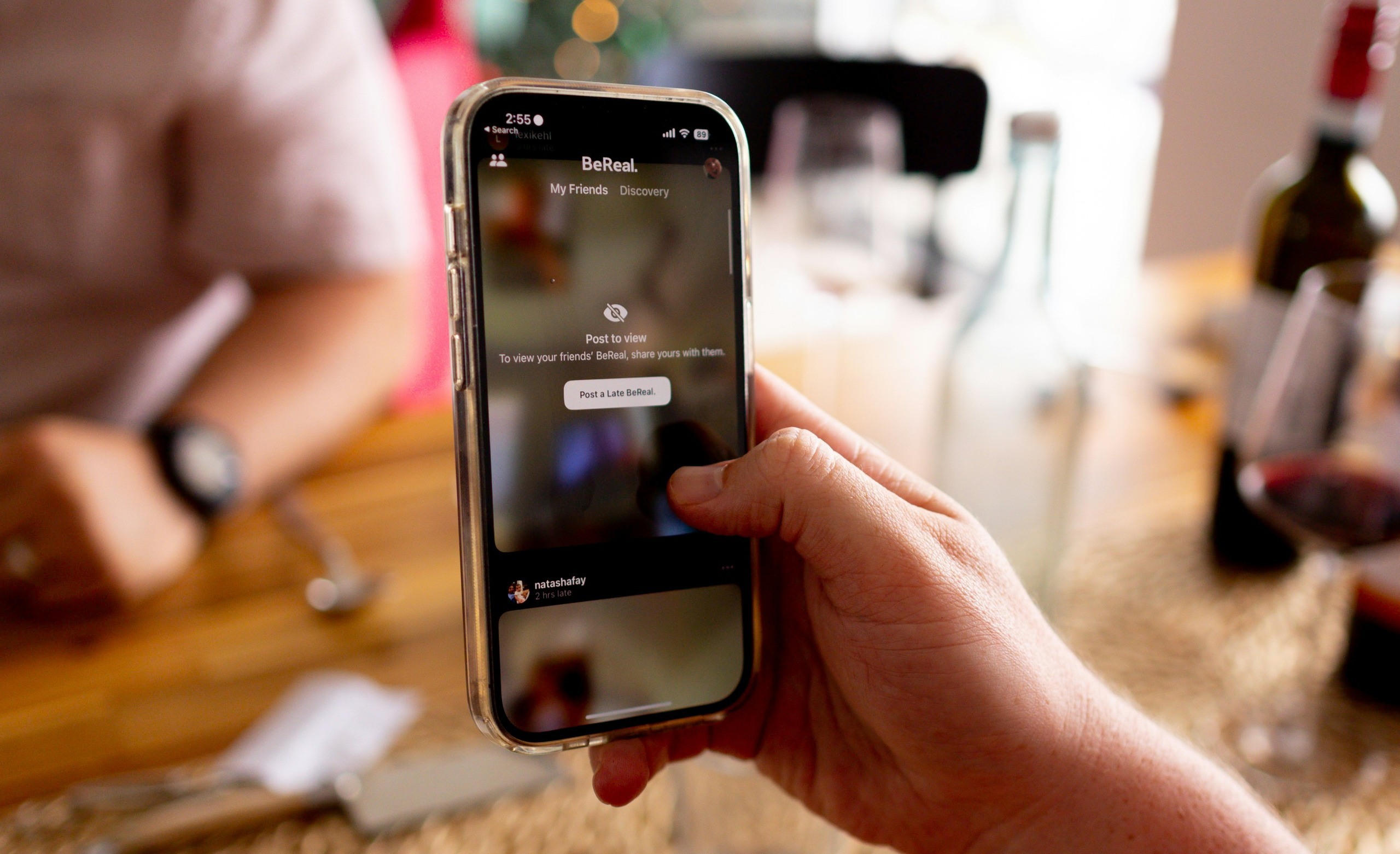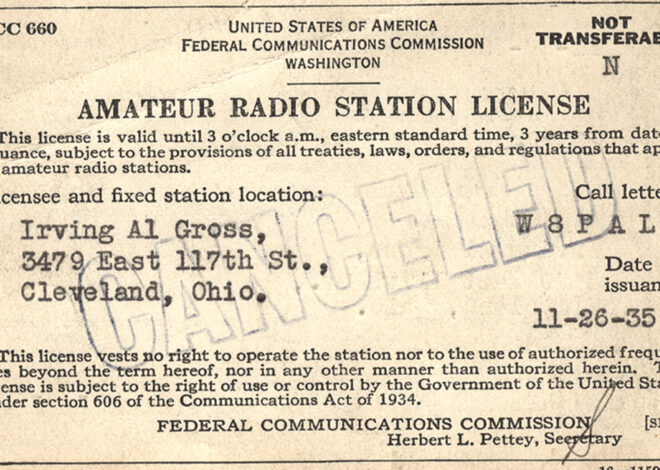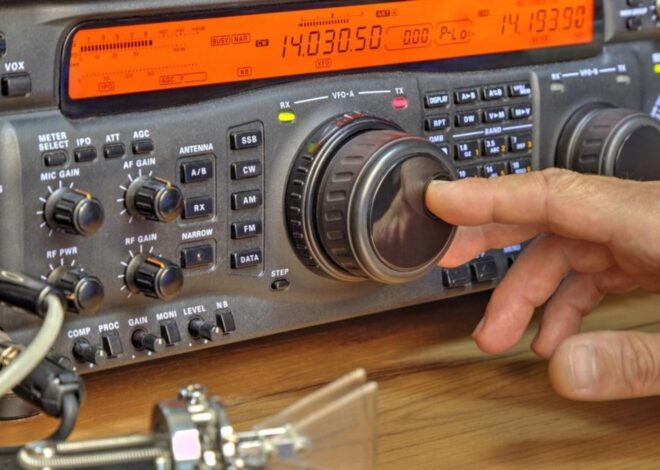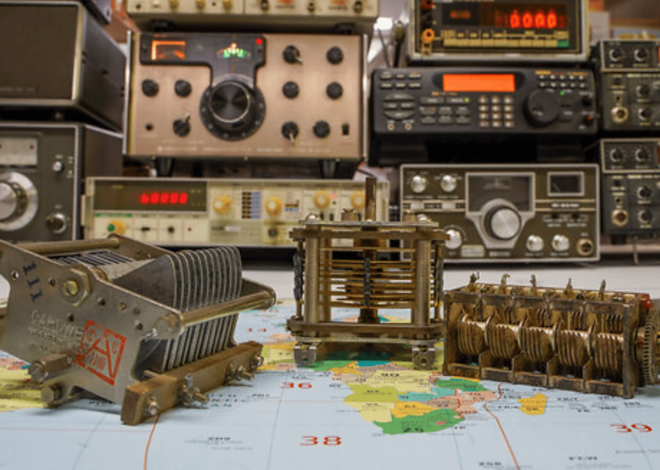
10 Ways To Communicate Without A Phone
Welcome to our ultimate guide on 10 ways to communicate without a phone. Have you ever thought about how much we rely on our phones to communicate? These little devices have become essential in our daily lives, but what if you had to connect with someone without one?
It might sound challenging, but there are countless creative ways to convey messages that don’t involve tapping a screen. From ancient practices that date back centuries to playful methods perfect for today’s world, communicating without a phone can be both refreshing and fun.
In this article, we’ll explore different alternatives and remind ourselves of the rich history behind human connection. So grab your pen or maybe even some string and cups; let’s dive into 10 ways to communicate without a phone!
Examples of Communication before Phones were Invented
Before the invention of phones, people relied on creative methods to convey messages. Ancient civilizations used smoke signals as a quick way to communicate over long distances. This method was particularly effective for tribes in North America and Asia.
Similarly, drums were an essential tool for African tribes. The rhythmic beats conveyed different meanings, allowing communities to share news or warn of danger. Carrier pigeons played another significant role in communication history.
Used extensively during wartime, these birds delivered vital messages tied to their legs across great distances. In ancient Rome, messengers known as “cursus publicus” traveled on horseback, ensuring important updates reached officials swiftly.
They formed an elaborate network that made communication more efficient than ever before. These historical examples highlight humanity’s resourcefulness in overcoming barriers long before smartphones became a staple of daily life.
10 Ways to Communicate Without a Phone:
Communication transcends technology. While phones dominate our interactions today, many alternatives can be both fun and effective. Let’s take a closer look at some of these alternative ways to communicate.
#1. Writing Letters or Postcards
Writing letters or postcards is a timeless way to connect. It adds a personal touch that digital messages often lack.
Imagine receiving a beautifully crafted letter, filled with thoughts and emotions. Each word carries the writer’s unique voice, creating an intimate bond between sender and receiver.
Postcards, on the other hand, are like little pieces of art from travels or special moments. They capture memories in vibrant images and brief notes, allowing you to share experiences instantly.
The act of writing by hand slows down communication. You think more about your words and how they express your feelings. This intentionality makes every message feel significant.
Plus, there’s something magical about checking the mailbox for that handwritten surprise. The excitement builds as you sift through bills and junk mail only to discover a heartfelt note waiting just for you!
#2. Using Walkie-Talkies or Two-Way Radios
Walkie-talkies and two-way radios offer a fun and effective way to communicate without the need for smartphones. These devices work on radio frequencies, allowing users to send messages instantly over short distances.
Imagine hiking with friends in the wilderness. A simple push of a button lets you share updates or coordinate plans without shouting across valleys. It’s like having a personal communication channel that keeps everyone connected.
Using walkie-talkies can also enhance outdoor adventures or group activities. Whether at a festival, construction site, or while camping, they provide clarity and convenience when surrounded by noise or distance.
Moreover, their simplicity is appealing—no apps to download or batteries to recharge frequently. Just grab your walkie-talkie, find your frequency, and start chatting! This method promotes teamwork while fostering an engaging experience with those around you.
#3. Sending Smoke Signals
Sending smoke signals is an ancient form of communication that harnesses the power of fire and wind. Indigenous cultures, particularly Native American tribes, utilized this method to convey important messages over vast distances.
Creating a signal involves producing distinct patterns of smoke using a controlled fire. The colors and shapes can denote different meanings or alerts. For instance, billowing white smoke might indicate safety, while dark plumes could signify danger.
This technique requires careful planning and knowledge of wind direction. It also fosters a sense of community as individuals gather to interpret the signals together.
While it may seem primitive today, sending smoke signals reminds us how creativity can bridge gaps in communication without modern technology. Embracing such methods connects us with our heritage and evokes curiosity about our ancestors’ ingenuity in connecting with one another across great expanses.
#4. Morse Code
Morse Code revolutionized communication in the 19th century. Developed by Samuel Morse and Alfred Vail, it translates letters into a series of dots and dashes. This simple yet effective system allowed messages to be transmitted over long distances using telegraph wires.
Imagine tapping out your message in rhythm—each dot representing a short sound and each dash a longer one. It’s like creating music with words! Even today, enthusiasts still practice this code as a form of art or hobby.
Morse Code can be communicated visually too, through light signals such as flashes from flashlights or even flags. The adaptability makes it an intriguing choice for silent exchanges.
Using Morse Code encourages creativity in conveying messages without needing modern technology. It’s not just about sending information; it’s about connecting with others in unique ways that transcend time and gadgets.
#5. Carrier Pigeons
Carrier pigeons have a fascinating history as one of the oldest forms of long-distance communication. These remarkable birds were trained to return home from various locations, making them reliable messengers.
In ancient times, they played crucial roles during wars and crises. Armies would send messages through these feathered couriers, ensuring vital information reached its destination quickly.
Even in civilian life, carrier pigeons connected families separated by distance or conflict. Owners developed strong bonds with their birds, which often returned within hours after being released.
The beauty of this method lies in its simplicity and effectiveness. No batteries required—just a bird and some trust! Watching a pigeon soar into the sky carries an element of wonder that modern communication tools simply can’t replicate.
While technology has evolved tremendously since then, the charm of using carrier pigeons reminds us how creative humans can be when it comes to staying connected across distances.
#6. Sign Language
Sign language is a vibrant and expressive way of communicating without spoken words. It uses hand gestures, facial expressions, and body movements to convey messages. This form of communication is essential for the deaf and hard-of-hearing communities, allowing them to connect with one another.
Learning sign language opens up new avenues for interaction. It’s not just about conveying basic information; it’s also rich in nuance and emotion. Each sign can tell a story or express feelings that transcends verbal limitations.
Many people might think it’s only useful in specific contexts, but incorporating sign language enhances inclusivity in everyday conversations. Imagine being able to engage with someone who communicates differently or adding depth to your interactions with friends by learning their signs.
Moreover, using sign language fosters patience and understanding among communicators. The effort put into mastering this skill often leads to deeper connections beyond mere words.
#7. Handwritten Notes or Drawings
Handwritten notes and drawings bring a personal touch to communication. They convey emotions in ways that digital messages often miss. A simple note left on a desk can brighten someone’s day.
When you take the time to write by hand, it shows thoughtfulness. You’re not just sending words; you’re sharing a piece of yourself. Sketches or doodles can add an extra layer of meaning, making your message memorable.
Imagine receiving a beautifully crafted card filled with heartfelt thoughts or whimsical illustrations. It stands out in today’s fast-paced world dominated by texts and emails.
This form of expression fosters creativity too. Whether it’s crafting a poem or creating fun visuals, handwritten communication allows for artistic exploration.
Plus, there’s something satisfying about the tactile experience of pen on paper—an instant connection between mind and hand that technology cannot replicate.
#8. Semaphore Flags
Semaphore flags are a fascinating way to communicate over distances without technology. This method uses two handheld flags, usually red and yellow, which are positioned in specific angles to form letters.
Imagine standing on a ship or at the coast, signaling messages to another vessel far away. The visual nature of semaphore makes it easy for observers with line-of-sight to decode messages quickly.
This technique dates back centuries and was used extensively before electronic communication took over. It combines both artistry and precision, requiring practice to master the positioning of the flags.
Semaphore can be an exhilarating activity when practiced outdoors with friends or family. It adds a fun twist to traditional games while teaching valuable skills in teamwork and coordination. Whether you’re at sea or on land, waving those colorful flags can bridge gaps where phones fail us entirely!
#9. Tin Can Telephone
The tin can telephone is a charming and playful way to communicate. It’s a classic childhood project that sparks creativity while teaching basic principles of sound transmission.
To create one, all you need are two empty cans and some string. Puncture the bottom of each can, thread the string through, and tie it off. When one person speaks into their can, vibrations travel along the taut string to the other can.
This method may seem simple, but it brings people together in an engaging way. It encourages face-to-face interaction as participants lean into their makeshift devices.
What’s more delightful than seeing friends giggle while trying to get their message across? This nostalgic tool reminds us that communication doesn’t have to be high-tech; sometimes simplicity fosters connection better than anything modern technology offers.
#10. Message in a Bottle
Picture this: a serene beach, waves lapping at the shore. You spot a bottle glinting in the sun, its contents unknown. This classic method of communication stirs curiosity and wonder.
Messages in bottles have been used for centuries as a way to send thoughts across vast bodies of water. The thrill lies not just in sending but also in discovering unexpected messages from strangers or loved ones.
Imagine crafting your note with care, sealing it within glass. Each toss into the ocean carries hopes that someone will find it someday. It’s an adventure fueled by chance and connection.
The beauty is in its simplicity. No technology required—just paper, ink, and imagination. In our fast-paced world, this whimsical form evokes nostalgia while sparking spontaneity.
So next time you’re by the sea, consider penning down your secrets or dreams and letting them drift away on their own journey.
The Benefits of Disconnecting from Technology
Disconnecting from technology offers a refreshing break for the mind. It allows individuals to reconnect with their surroundings and engage in the present moment. This shift can lead to improved mental clarity and reduced stress levels.
Without constant notifications demanding attention, creativity has room to flourish. People often find inspiration in nature or through spontaneous conversations when screens are set aside. Additionally, taking a step back fosters deeper relationships.
Conversations become more meaningful without distractions, allowing for authentic connections with friends and family. Physical activity also benefits from less screen time. Exploring new hobbies or simply enjoying an outdoor walk can enhance overall well-being.
This intentional disengagement cultivates mindfulness. Being fully aware of one’s thoughts and feelings can pave the way for personal growth and self-discovery as one learns to appreciate life’s simple pleasures once again.
Conclusion: Embracing Alternative Forms of Communication
Embracing alternative forms of communication can open up a world of creativity and connection that technology often overshadows. By exploring methods like writing letters or using walkie-talkies, we tap into the rich history of human interaction. These alternatives encourage us to slow down and appreciate the art of conversation in its many forms.
Disconnecting from our devices allows for deeper connections with others. It fosters mindfulness and presence, helping us engage more fully with those around us. Whether it’s sending a handwritten note or signaling through semaphore flags, each method offers a unique way to convey thoughts and feelings.
As we navigate an increasingly digital landscape, incorporating these timeless techniques can enhance our relationships. So why not step away from screens occasionally? Embrace new ways to communicate without relying solely on your phone; you’ll discover meaningful interactions that resonate long after the message is delivered.







You’re speaking my language (pun intended). Your article may not be addressing disaster situations specifically, but we need to write important communication both before and after a crisis event, when phone service may be unavailable. If family and friends are separated, walkie talkies or two-way radios seems like the next best option.
Thanks for trying to get people’s minds off of technology. It may be essential in the future.
Hey JeffreyG,
Communication is the most important thing before, during and after a crises. Just imagine what it would be like if all of the sudden cell phone service went out. Most people wouldn’t have a clue how to communicate. Most people especially the younger generation would be completely lost without their cell phones. That’s why I thought this topic is so important to discuss and gets overlooked by most preppers. Losing the ability to communicate is a disaster on top of whatever event that caused it. Thanks for stopping by today JeffreyG and sharing your thoughts with us. Best wishes.